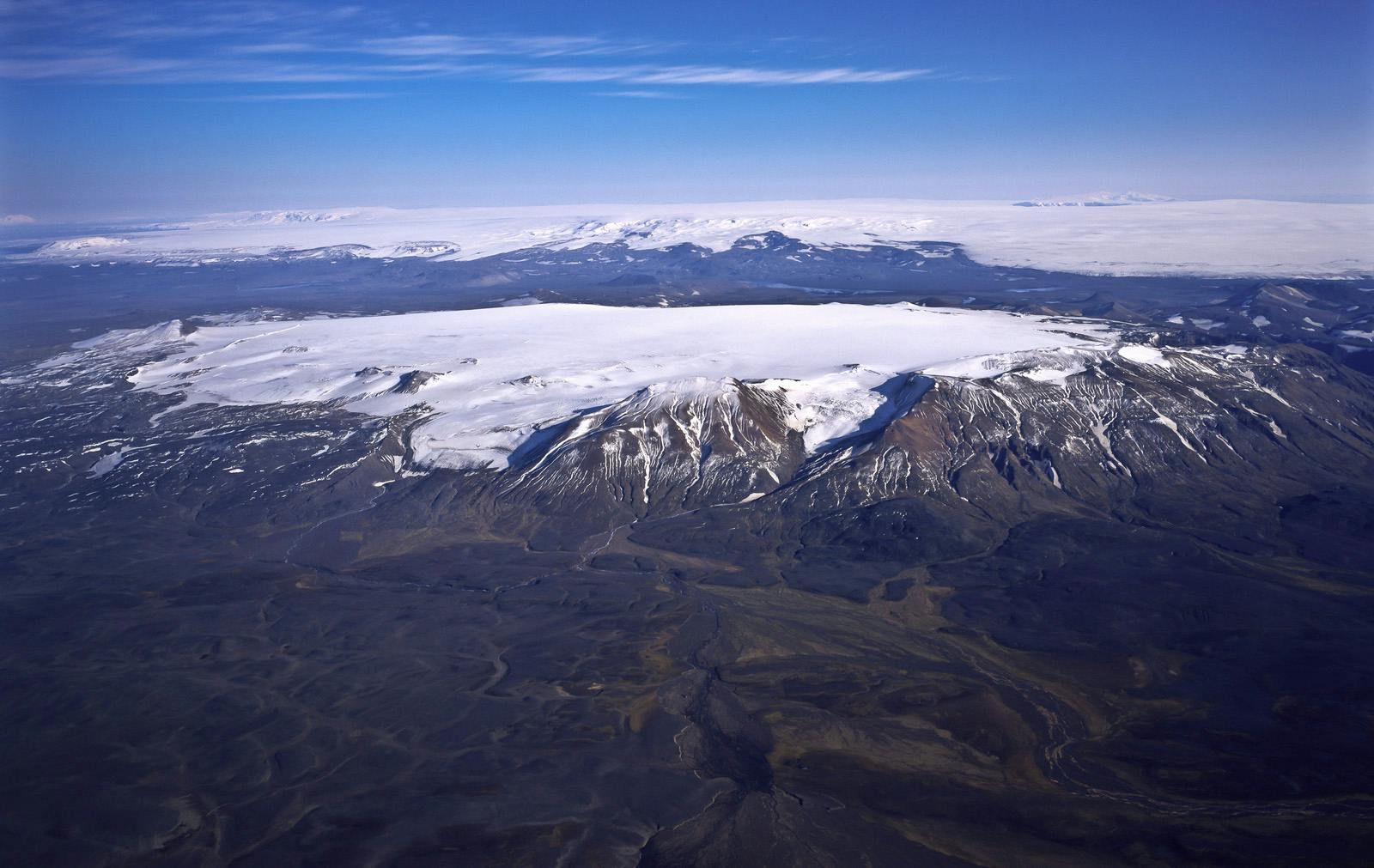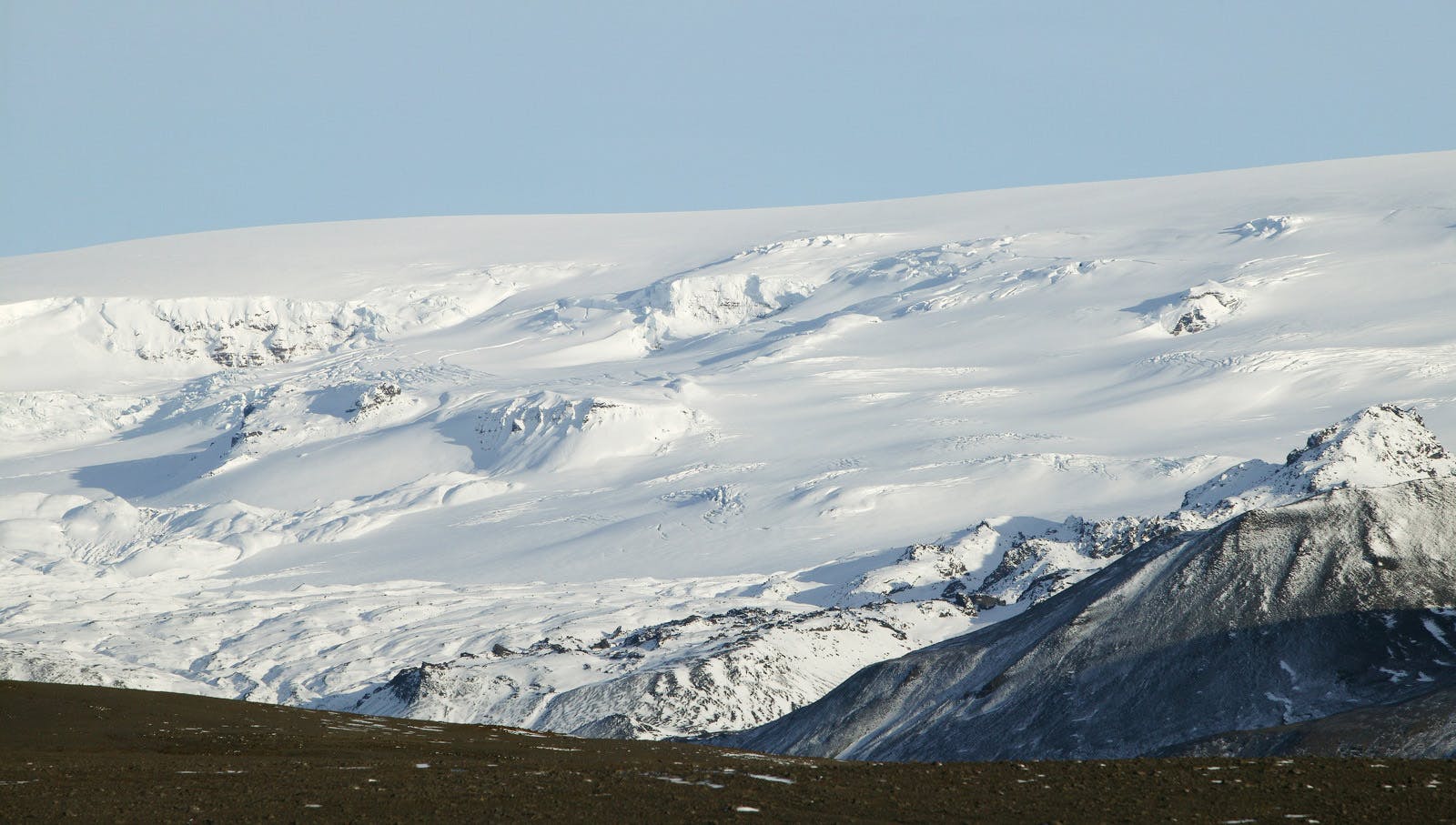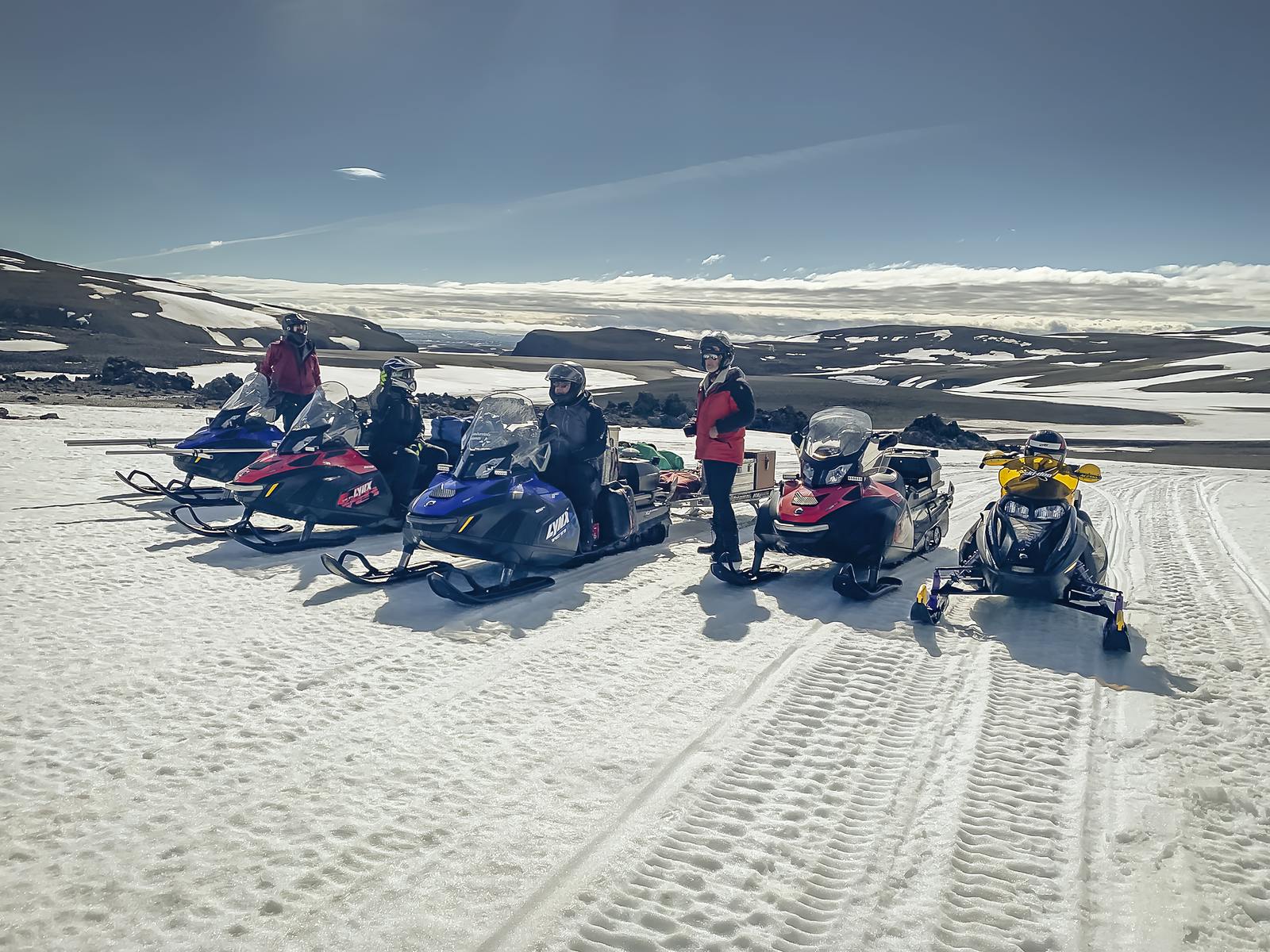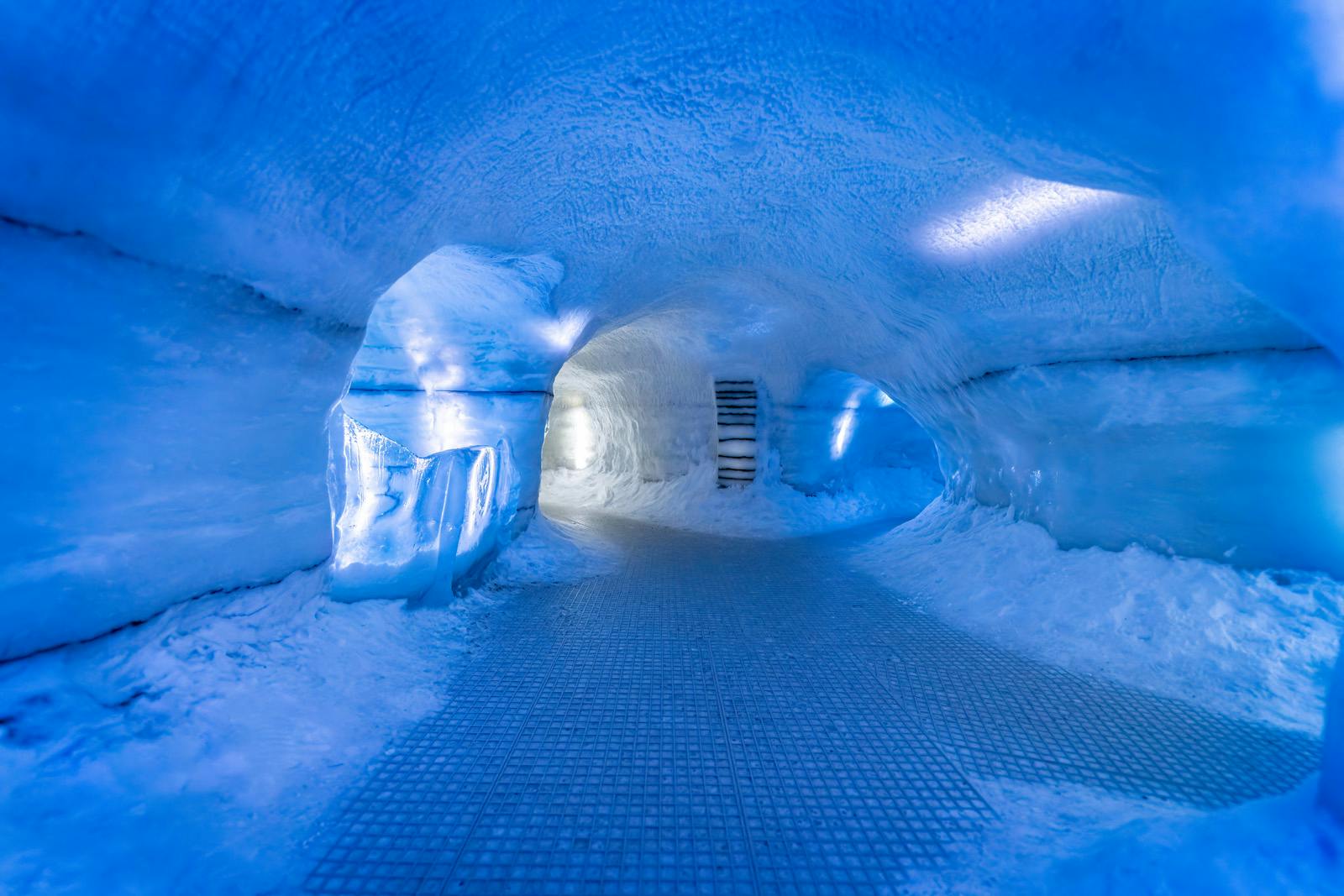
Guide to Köldukvíslarjökull Glacier in Iceland
The Köldukvíslarjökull glacier, situated in the central part of Iceland, stands as one of the largest outlet glaciers stemming from the Vatnajökull glacier. It is a sliding glacier that descends from the northwestern side of the Vatnajökull glacier. Despite its remote location, distant from any Icelandic urban centres, Köldukvíslarjökull boasts a captivating landscape.
It has an elevation from 2000 m in Bárðarbunga down to 960 m at the glacier margin. It covers an expansive 313 square kilometres, making it larger than Tungnaárjökull. The Köldukvíslarjökull is located about 206 kilometres (128 miles) from Iceland’s capital, Reykjavík.
While not a tourist hotspot, Köldukvíslarjökull offers a remarkable and awe-inspiring view. In the vicinity, there are numerous tourist destinations to explore, including a 3-4 hour glacier walk and a stunning natural crystal blue ice cave.

Sliding Glacier
A sliding glacier refers to a glacier that exhibits movement primarily through sliding or basal sliding. Glacial movement is a complex process involving various mechanisms, and sliding is one of them. It occurs at the base of the glacier, where the glacier interacts with the underlying bedrock or sediment.
The basic idea is that the glacier, due to the pressure of its own weight and the presence of meltwater at its base, can slide over the bedrock or sediment. This sliding movement is facilitated by a lubricating layer of water between the glacier and the underlying surface. The water reduces friction, allowing the glacier to move more easily.
Basal sliding is a key component of glacier flow, especially in areas where the glacier bed is not frozen to the underlying rock. This sliding movement can contribute significantly to the overall flow of the glacier, and it's a process that researchers study to understand glacier dynamics and behaviour better.

It's important to note that not all glaciers exhibit significant sliding movement. The behaviour of a glacier depends on various factors, including its size, shape, temperature, and the characteristics of the underlying terrain. Some glaciers predominantly move through internal deformation (plastic flow), while others may have a combination of sliding and internal deformation.
Experience Glaciers in Reykjavík
Perlan Museum in Reykjavík offers an informative and entertaining exhibition on glaciers and ice caves. Here, you can learn more about their importance for the environment in Iceland, as well as how they have affected the surrounding nature. It is also at Perlan Museum that you can experience a 100-metre-long ice cave. It is made from more than 350 tonnes of snow from Icelandic mountains. A visit to an ice cave is a magical experience that no one who comes to Iceland should miss, and Perlan offers year-round travellers a chance to get a sense of this unique natural phenomenon.

What Does Köldukvíslarjökull Mean?
The glacier takes its name from the river that originates in it. The name of the river is Kaldakvísl (genitive: Köldukvíslar). The name "Köldukvíslarjökull" can be broken down into two parts:
- Köldukvíslar: This part of the name refers to a feature called "Köldukvísl." In Icelandic, "kaldur" means "cold," and "kvísl" can mean "river" or "stream." So, "Köldukvíslar" could be translated as "cold river" or "cold stream."
- Jökull: In Icelandic, "jökull" translates to "glacier."
Therefore, "Köldukvíslarjökull" simply means “the glacier of the cold river.
Subglacial Volcanoes
Two subglacial central volcanoes, Hamarinn and Bárðarbunga, are the nearest to Köldukvíslarjökull. The glacier experienced the effects of the Bárðarbunga eruption in July 2011. Bardarbunga, though relatively unknown due to its remote location, has a history of frequent eruptions, occurring approximately once every 50 years.
Vatnajökull National Park
Culturally, Köldukvíslarjökull is linked to the Vatnajökull National Park, established in 2008, with a rich cultural heritage contributing significant value. Köldukvíslarjökull is an outlet glacier of Vatnajökull, the largest ice cap in Iceland. Tourism plays a vital role in Icelandic culture, and Vatnajökull National Park is a key tourist attraction in Iceland.









